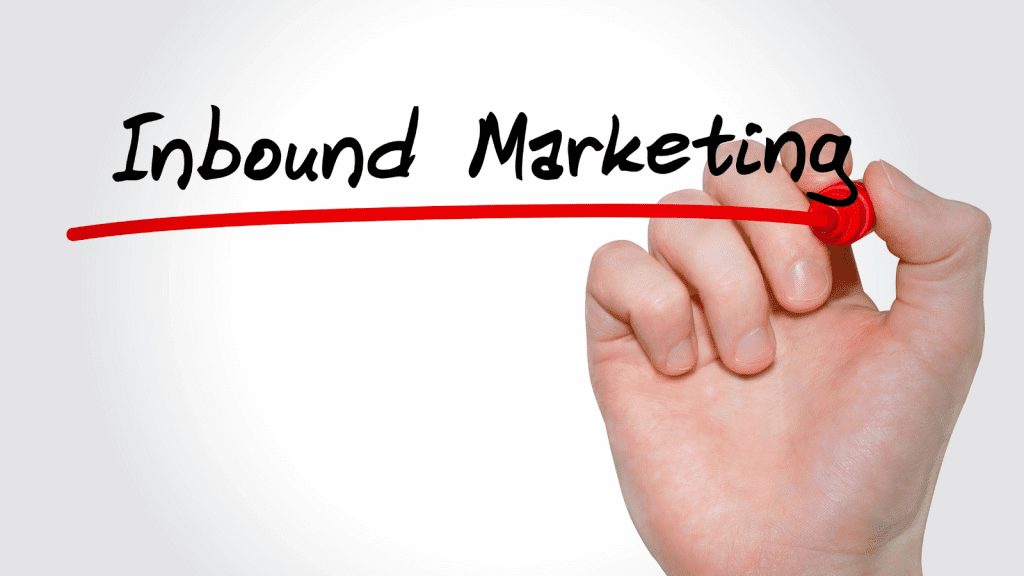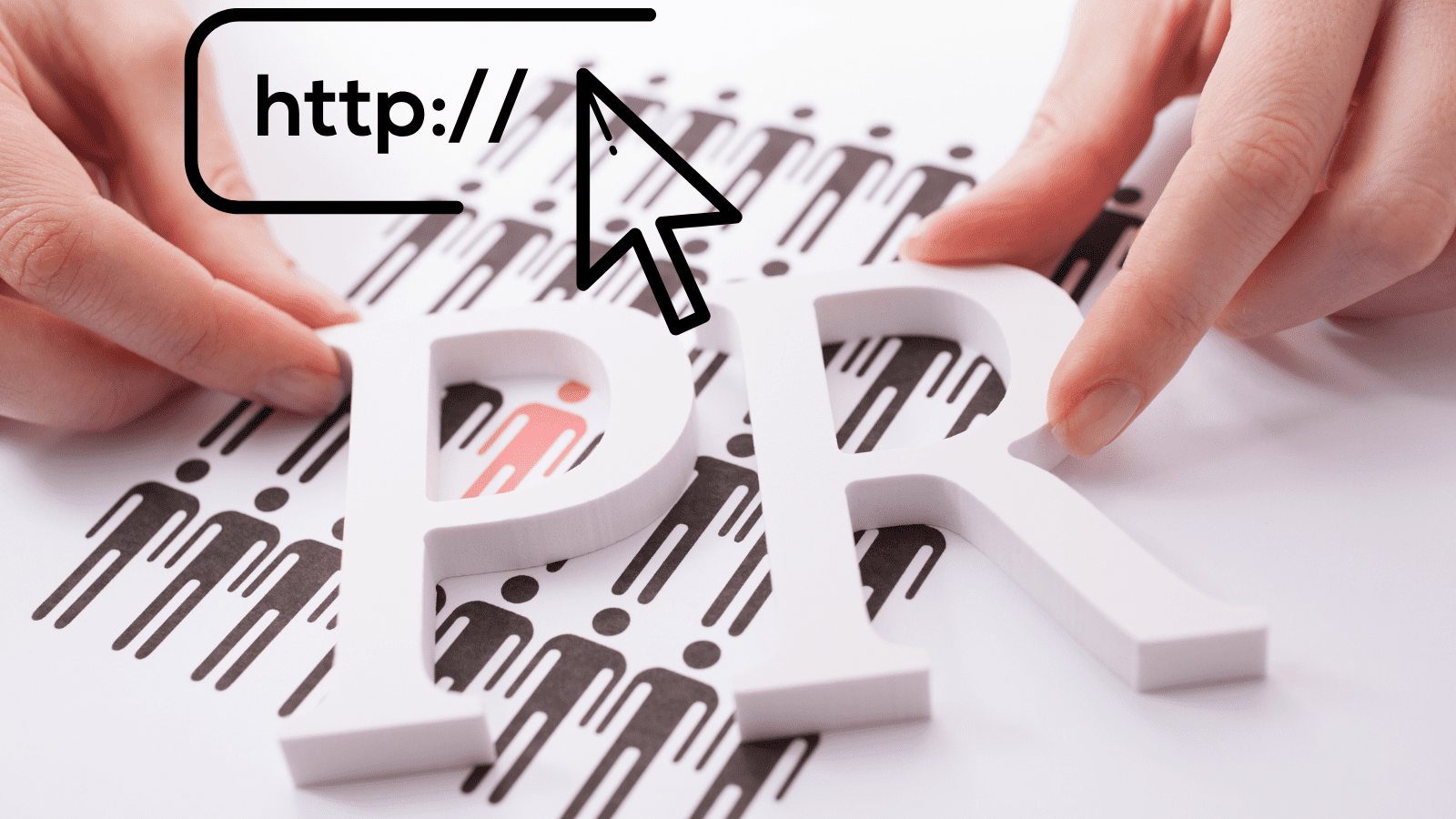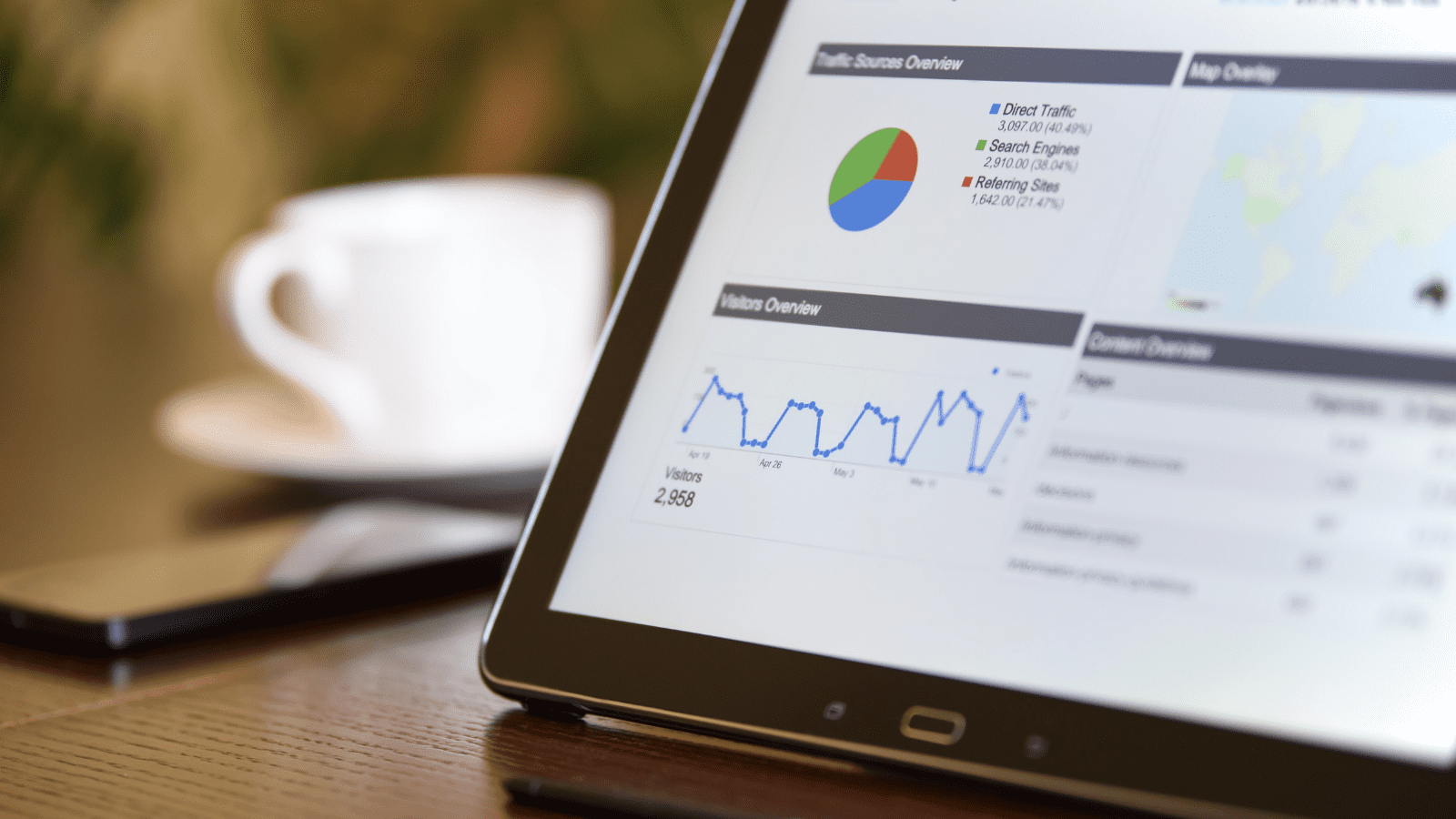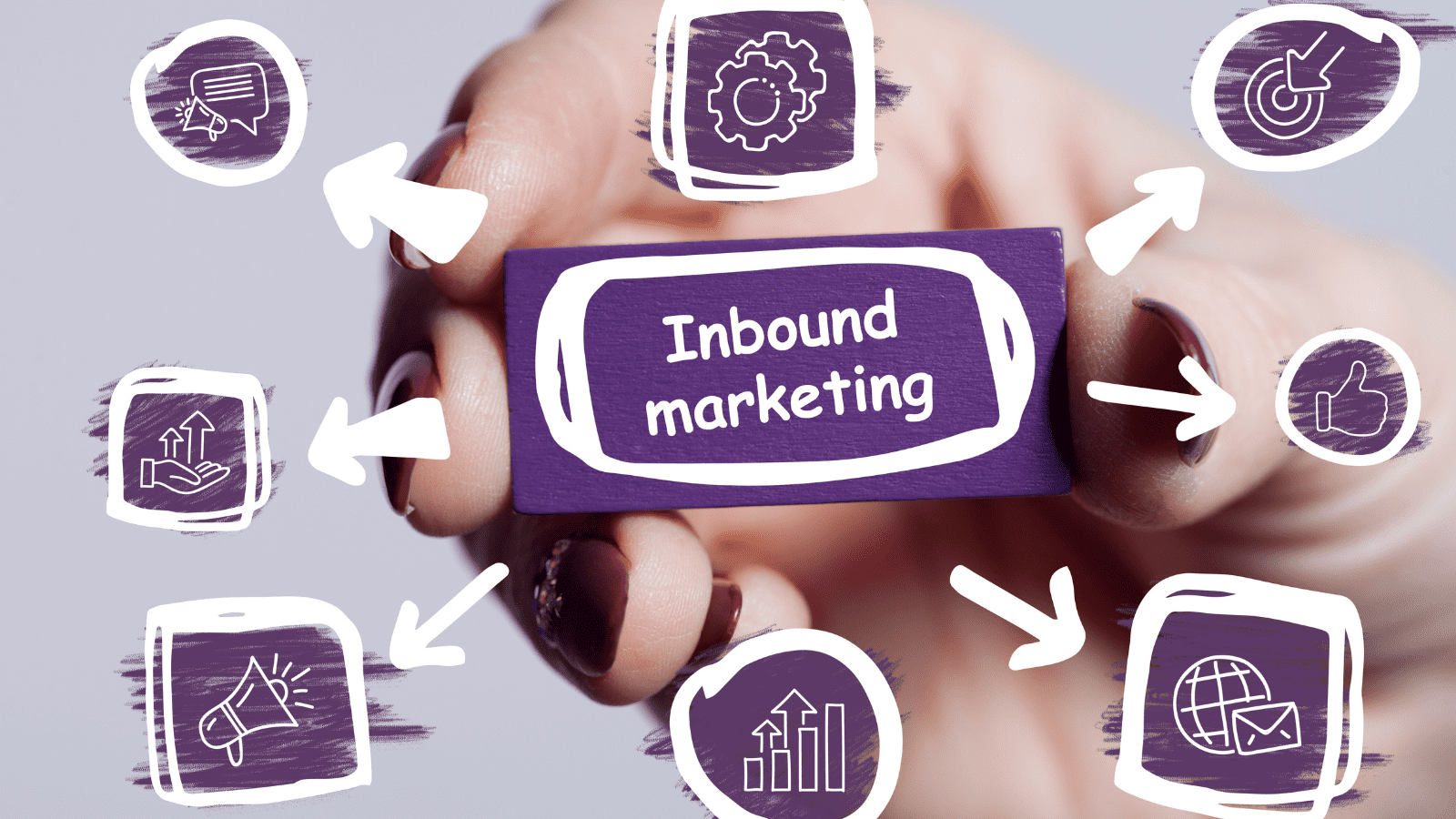Inbound Marketing
Inbound Marketing includes a series of online marketing operations aimed at attracting users to corporate web pages. This methodology is proposed as a tool that responds to the need for online visibility by companies.
In Outbound Marketing, the potential customer was pursued and searched for. In Inbound Marketing, on the other hand, the goal is to encourage the interested user to find us spontaneously.
In fact, this methodology aims to offer users content based on their interests and useful to satisfy their needs.
Inbound Marketing inverts, so to speak, the flow that the company develops for the relationship with its users.
Instead of being active in communicating with its recipients, the company creates content or messages in general that are disseminated on the web or other online channels, in which the user can come across while browsing the internet and which attract him to the company website.
In practice, the contents aim to ensure that the users themselves find us.
Therefore, in addition to creating valuable content, the correct dissemination of content in all the “areas” of the web where users could find them and where they normally go to find the information and answers they are looking for is also important.
But how can this happen? By creating quality content that attracts Internet users.
Inbound Marketing is therefore a model that places the potential customer with his interests, aspirations and needs at the center of his communication plan, trying to make each of them correspond to a useful content, information bearer or suitable solutions.
Inbound Marketing is the methodology aimed at both B2C and B2B users that offers content based on their interests and useful for satisfying their needs with the aim of increasing:
- Traffic to the website
- Sales
- Lead Generation
- Customer trust
The methodology is divided into four phases and allows you to transform a stranger user into an interested contact and a probable customer through an editorial plan consistent with the interests and needs of the user at a given moment of his purchase path.

Basics of Inbound Marketing
The basics of Inbound Marketing are:
1) The definition of one or more Buyer Person which is the semi-imaginary representation of the ideal customer, based on market research and on the data that the company has about its customers: it is defined on the basis of customer demographics, behavior models, of the reasons and according to the business objectives.
2) The definition of the Buyer’s Journey is also known as a sales funnel or conversion funnel. This is the path that a user takes before becoming an acquired customer, that is, before making the purchase. It is necessary to refer to the phase of the journey to set up an editorial plan consistent with the user’s needs at a given moment of his purchase journey:
- Awareness;
- Consideration;
- Decision.
3) The creation of an Inbound Campaign that uses multiple activities and effective tools to continuously attract, convert, acquire and retain a customer.
The Inbound Marketing methodology starts from the present assumption that not all of our potential customers have the same questions or the same needs: the skill lies in trying to identify what could be of interest to our potential customer at that time and propose the appropriate content.
READ MORE
-
 How important is the speed of a website?- 08/09/19
How important is the speed of a website?- 08/09/19 -
 Content creation? How to be first on Google with SEO- 08/09/19
Content creation? How to be first on Google with SEO- 08/09/19 -
 How to write content for the website- 04/11/19
How to write content for the website- 04/11/19 -
 How to create a content editorial plan for the website- 04/11/19
How to create a content editorial plan for the website- 04/11/19 -
 Increasing the visibility of a website is possible by opening a blog- 04/11/19
Increasing the visibility of a website is possible by opening a blog- 04/11/19 -
 Sponsoring the mobile app and make it more visible! How to do?- 04/11/19
Sponsoring the mobile app and make it more visible! How to do?- 04/11/19 -
 How to write content for website promotion on Google Ads- 04/11/19
How to write content for website promotion on Google Ads- 04/11/19 -
 All the ways to increase website visitors- 05/12/19
All the ways to increase website visitors- 05/12/19 -
 Not just a website: the mobile app can be one of the tools to increase the visibility of your company- 24/12/19
Not just a website: the mobile app can be one of the tools to increase the visibility of your company- 24/12/19 -
 Finding new customers- 14/04/22
Finding new customers- 14/04/22 -
 Web Agency- 13/04/22
Web Agency- 13/04/22 -
 Online visibility- 11/04/22
Online visibility- 11/04/22 -
 PR solutions developers- 16/04/22
PR solutions developers- 16/04/22 -
 Explain complex products- 18/04/22
Explain complex products- 18/04/22 -
 Digital Marketing- 19/04/22
Digital Marketing- 19/04/22 -
 Internet for PR- 02/09/22
Internet for PR- 02/09/22 -
 Web Marketing Providers- 24/04/22
Web Marketing Providers- 24/04/22 -
 Inbound Marketing Companies- 27/05/22
Inbound Marketing Companies- 27/05/22 -
 What is the effective structure of a mobile app- 12/09/22
What is the effective structure of a mobile app- 12/09/22 -
 How does site speed affect indexing?- 25/04/22
How does site speed affect indexing?- 25/04/22 -
 Leads and Google Ads: how to increase website traffic- 25/04/22
Leads and Google Ads: how to increase website traffic- 25/04/22 -
 Smart Working, funding opportunities- 20/04/22
Smart Working, funding opportunities- 20/04/22 -
 Here’s how to optimize performance through content for your customers’ sites- 18/04/22
Here’s how to optimize performance through content for your customers’ sites- 18/04/22 -
 iOS and Android how to create an app- 18/04/22
iOS and Android how to create an app- 18/04/22 -
 Telemaco case history mobile app- 15/04/22
Telemaco case history mobile app- 15/04/22
Latest contributions
Services
-
 Mobile ApplicationsDeveloping quality mobile applications isn't easy at all. Find out how to take this opportunity.
Mobile ApplicationsDeveloping quality mobile applications isn't easy at all. Find out how to take this opportunity. -
 Websites developmentThe websites development service allows you to get the development of high quality websites and cloud applications. Find out more...
Websites developmentThe websites development service allows you to get the development of high quality websites and cloud applications. Find out more... -
 Marketing and CommunicationDiscover the professional Marketing and Communication services: Social Media Marketing, Google Ads and Search Engine Optimization (SEO).
Marketing and CommunicationDiscover the professional Marketing and Communication services: Social Media Marketing, Google Ads and Search Engine Optimization (SEO). -
 Content Marketing & Content CreationContent Marketing, with the creation of specific content, is fundamental in maximizing the quality of the User Experience and SEO.
Content Marketing & Content CreationContent Marketing, with the creation of specific content, is fundamental in maximizing the quality of the User Experience and SEO. -
 Technological PlatformsTechnological Platforms for Domain Management, DNS, Email, Hosting and Database Management
Technological PlatformsTechnological Platforms for Domain Management, DNS, Email, Hosting and Database Management -
 European Calls for Digital TransformationThe European calls for digital transformation represent important opportunities for companies in the digital sector.
European Calls for Digital TransformationThe European calls for digital transformation represent important opportunities for companies in the digital sector.









